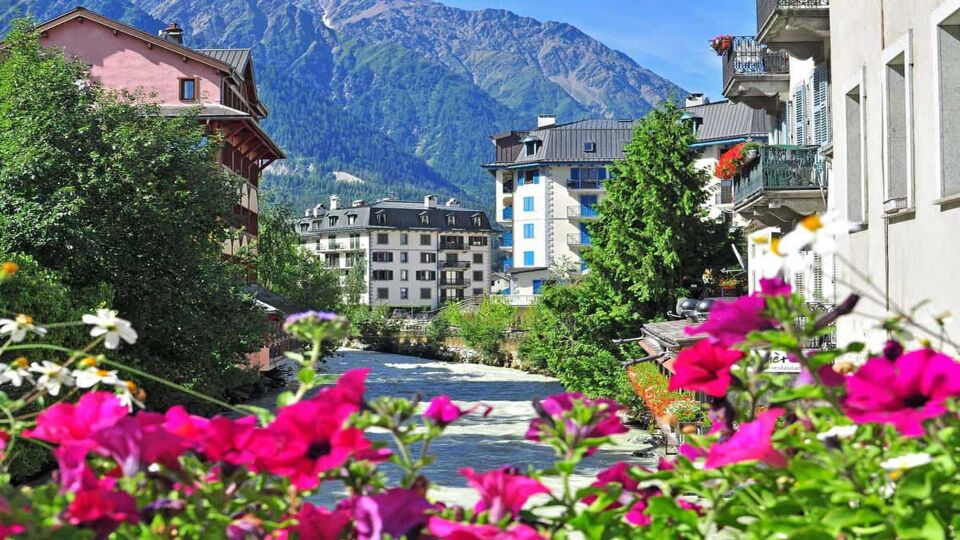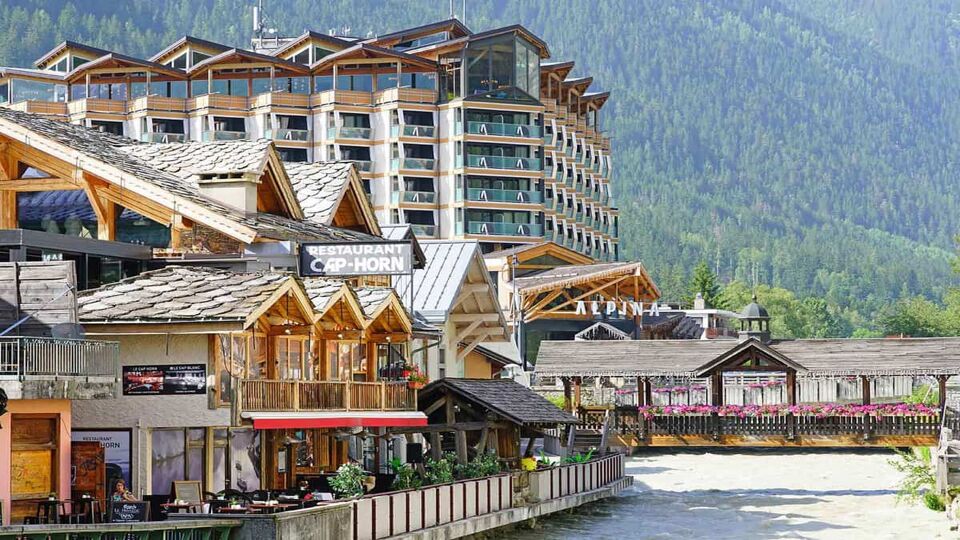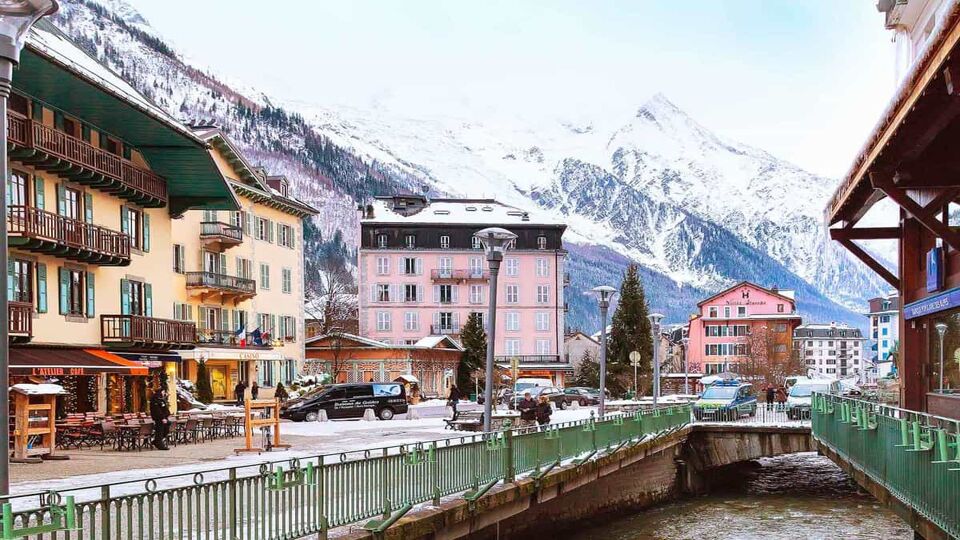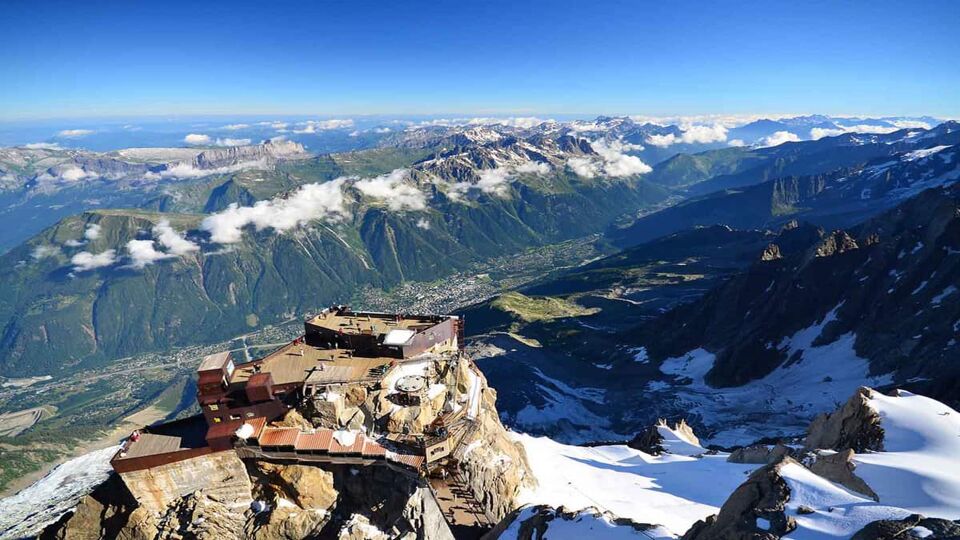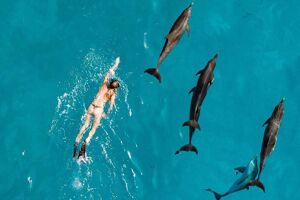
Bucket list destination:
Chamonix
Chamonix, Auvergne-Rhone-Alpes, France
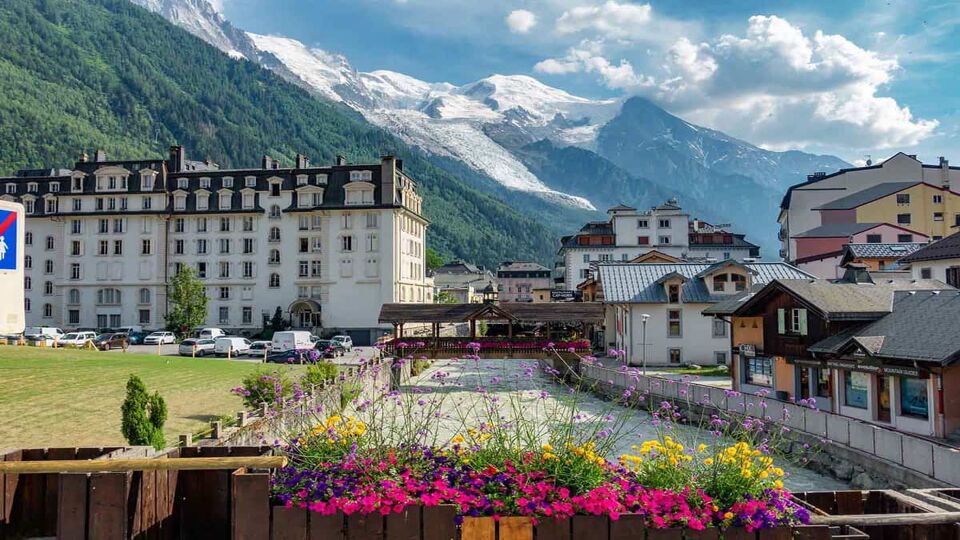
Chamonix and its satellite villages are the places to ski if you want to prove yourself – some of the world’s best freeskiers and snowboarders base themselves here for the challenge of riding the epic off-piste terrain.
Although experts will definitely get the most from Chamonix, there’s plenty of great skiing for all abilities, combined with spectacular mountain panoramas, great aprés-ski, and a vibrant town that has been welcoming mountain lovers for 150 years, not just for skiing but to enjoy every other mountain sport there is, particularly climbing.
The truly spectacular 22km descent of Vallée Blanche – across glaciated terrain and beneath fantastic peaks and ridges – is not to be missed. The ungroomed blacks from the top of Grand Montets cable car are steep and challenging; for easier runs, try the long blue to Vallorcine from Le Tour.
Off-piste skiing may be top of the agenda, but even non-skiers can experience some incredible panoramas with an ascent to 3,480m in the Aiguille du Midi cable car. There’s a strong tradition of mountaineering and ice climbing in Chamonix; other options include parapenting, snowshoeing, ski joering (being pulled up the mountain behind a horse), and 40km of cross-country ski trails.
Exceptional runs
The truly spectacular 22km descent of Vallée Blanche – across glaciated terrain and beneath fantastic peaks and ridges – is not to be missed. The ungroomed blacks from the top of Grand Montets cable car are steep and challenging; for easier runs, try the long blue to Vallorcine from Le Tour.
Other activities
Off-piste skiing may be top of the agenda, but even non-skiers can experience some incredible panoramas with an ascent to 3,480m in the Aiguille du Midi cable car. There’s a strong tradition of mountaineering and ice climbing in Chamonix; other options include parapenting, snowshoeing, ski joering (being pulled up the mountain behind a horse), and 40km of cross-country ski trails.
Travel advice
When to go
The busiest periods are Christmas/New Year and February, when Europe’s schools are on holiday, so to avoid the crowds, visit in January or March-April.
Recent winters have seen the best snowfall early in the season, although late season has a habit of bringing a dump just before the lifts close.
Even in poor snow seasons ‘Cham’ tends to have good conditions on the higher, north-facing slopes and glaciers, especially above Grand Montets. In warm winters however the south-facing slopes of La Flegere and Brevent can suffer badly.
Getting there and away
The closest airport is Geneva, which can be accessed via transfer bus, taxi, train or hire car. The simplest way of getting there is by train, with similar journey times to arriving by car. There are also direct connections by TGV to Paris on Friday night and weekends.
Getting around
Chamonix’s ski areas are not linked, with the exception of Brevent-La Flegere, but there’s a free shuttle bus plus an hourly train (for Grand Montets, Le Tour Vallorcine and Les Houches).
Lift queues can be a serious problem, especially at La Flegere base station, and bottlenecks are common at Grand Montets’ mid-station.
The town and all the main restaurants, bars, shops and attractions are pretty easily accessed on foot.
Where to stay
Chamonix, and its outlying hamlets of Argentiere, Vallorcine and Les Houches, consists of four main ski areas: Brevent, Flegere, Les Grands Montets and Balme/Le Tour.
These are not all linked, so transport between the various ski areas is necessary. There’s a mix of north and south facing slopes, with the spectacular Mont Blanc massif towering over everything.
The town of Chamonix-Mont-Blanc itself is the principal hub for hotels and nightlife. Argentiere is a good option for something quieter and more traditionally French, with access to some of the best off-piste routes. Les Houches has its own ski area and is particularly good for beginners. Vallorcine is the last village in the Chamonix region, another good option for a quieter break.

